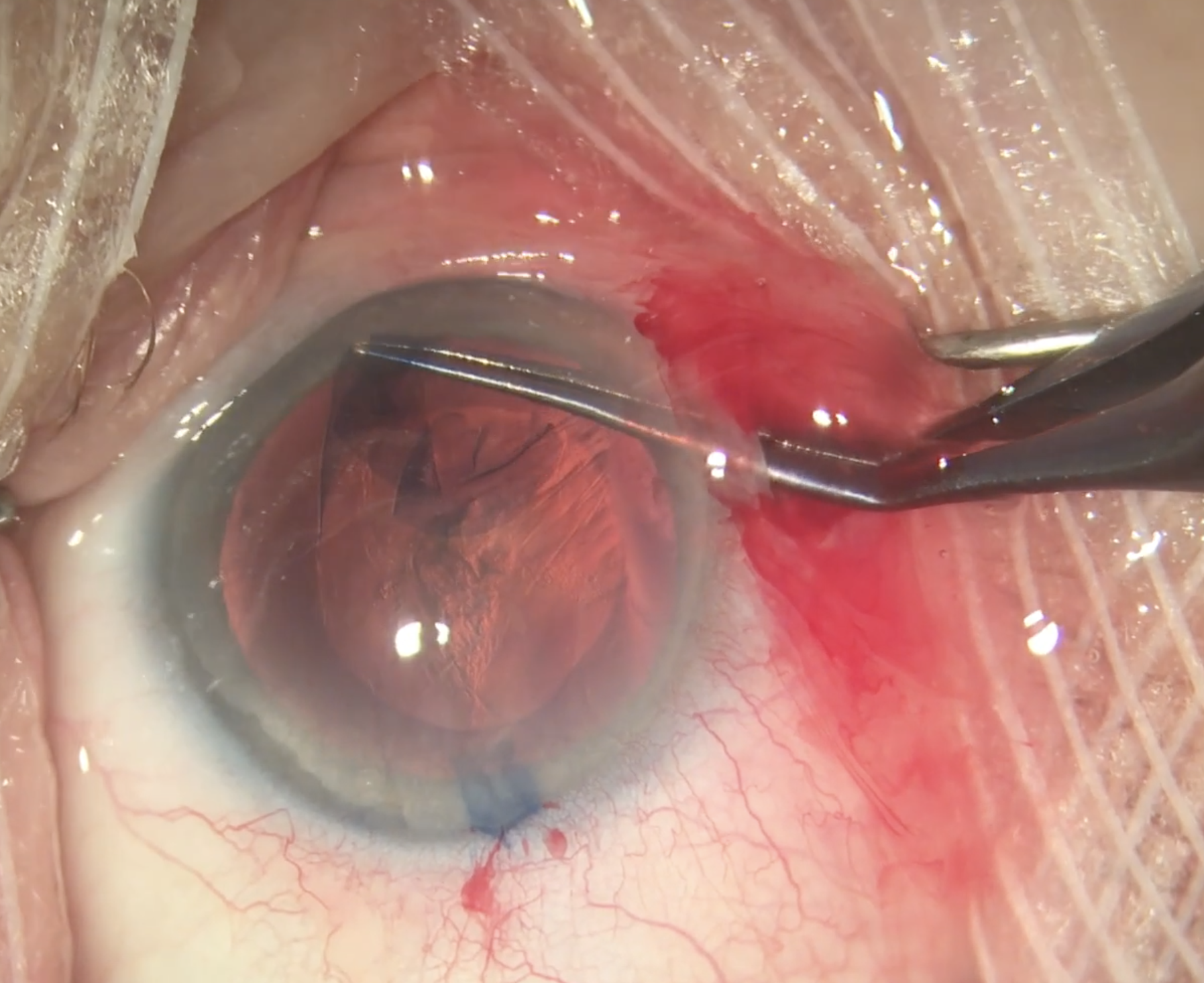 |
| COVID-19 has caused a decrease in many ophthalmic procedures. Photo: Christina Tran, BS, and Leonid Skorin, Jr., DO, OD. Click image to enlarge. |
The COVID-19 pandemic impacted healthcare in just about every way, with many surgical procedures being put on hold or patients opting to skip them altogether. Ophthalmic procedures weren’t spared, and researchers of a recent analysis sought to evaluate the direct impact on these procedures compared with pre-pandemic daily rates.
Common elective and non-elective procedures within multiple ophthalmology subspecialties pre-COVID from January 2018 through February 2020 and during the early phase of COVID-19 from March 2020 through June 2020 were included.
Vision-critical and time-sensitive procedures—including anti-VEGF injections, retinal detachment repairs and glaucoma drainage implants/trabeculectomies—remained stable.
The researchers found that shelter-in-place orders led to a significant reduction in numerous ophthalmic procedures, including cataract surgery, laser peripheral iridotomy, laser trabeculoplasty and blepharoplasty. Because these are common elective procedures, they were less likely to lead to immediate irreversible vision loss compared with urgent procedures.
Except for laser iridotomy, procedure volumes returned to pre-COVID-19 rates by June 2020. This is parallel with a previous study of telemedicine and in-person visits which “observed a rapid increase in telemedicine, decrease of in-person encounters and eventual normalization of in-person encounters by June 2020.”
“This rapid return to 2019 daily averages could be explained by the unprecedented financial hit that both inpatient and outpatient facilities likely took in March and April 2020,” the study authors explained. “This hit, combined with a need to adapt and generate revenue, likely motivated the normalization we observed within three months of the first COVID-19 case.”
In addition to shelter-in-place orders, contributing to the drop-off in procedures may have been fear of exposure to COVID-19, especially for older and high-risk patients, as well as job insecurity.
“From a healthcare facility and provider perspective, the AAO guidelines, a shift toward telehealth visits, closure of outpatient facilities and restrictions on elective procedures are also likely impacting the trends we observed,” the investigators explained.
The drop-off likely created a backlog of procedures, and the researchers suggested new technology, evaluation of current care delivery models and future research are needed to help address the challenges eye care has faced due to COVID-19.
Azad AD, Mishra K, Lee EB, et al. Impact of early COVID-19 pandemic on common ophthalmic procedures volumes: a US claims based analysis. Ophthalmic Epidemiology. December 22, 2021. [Epub ahead of print]. |

